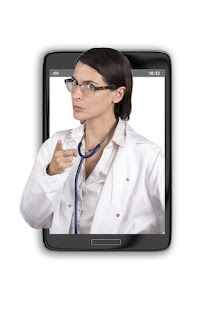Telemedicine
requires interaction and communication between patients and doctors over
devices such as phones, computers, tablets, and applications like Skype. While
it might seem to be a fresh and upcoming technology, telemedicine has in fact
been practiced over the telephone, in the United States for nearly 50 years.
With advances in technology, telemedicine is anticipated to grow exponentially
in the following couple of years.
The risk for potential malpractice litigations grows as telemedicine grows in popularity. Concern stems from the fact that there may not be a face-to-face assessment together with the medical advice that's given. Telemedicine has wide support among both political parties and is outlined in the Affordable Care Act. Many supporters argue that telemedicine can increase accessibility to healthcare while also substantially reducing costs.
The number of litigations associated with telemedicine has been comparatively low. Experts, however, are anticipating that number to climb as telemedicine grows in popularity. Many malpractice cases involving telemedicine have contained nondisclosure agreements so real numbers and particular issues or concerns and have been settled are difficult to assess.
For more information regarding telemedicine and the law, contact us today!







